BRICS is predicted to lead global growth, the US sanctions three Chinese and Russian companies related to the production of UAVs used in Ukraine, Europe increases gas imports, Indonesia promotes tourism as a spearhead economic sector... are the outstanding world economic news of the past week.
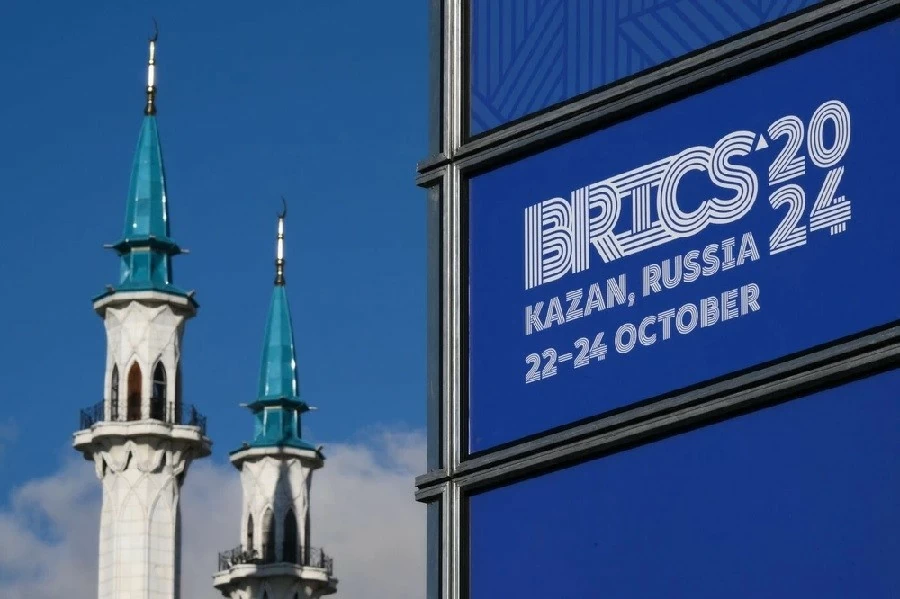 |
| Russian President Vladimir Putin said that the BRICS group of emerging economies is expected to lead global economic growth in the future. (Source: brics-russia2024.ru) |
World economy
IMF: Monetary policy easing may cause asset bubbles
The International Monetary Fund (IMF) said on October 22 that short-term global financial risks are under control, but that loose monetary policy could cause asset bubbles, and markets may be underestimating risks from geopolitical conflicts and upcoming elections.
In its semi-annual Global Financial Stability Report, the IMF warned that global financial markets may be underestimating the risks from geopolitical instability, as conflicts escalate, but markets remain suspiciously stable with low volatility.
The IMF fears that this indifference could lead to a major shock, similar to when the Bank of Japan (BoJ) raised interest rates in August. At that time, the BoJ's decision shocked the market because it did not anticipate the risks, leading to a massive sell-off and a sharp decline in asset prices. The IMF warned that this scenario could recur if the market continues to ignore potential risks.
In addition, credit and equity markets are improving, although earnings growth is slowing and more vulnerable segments of the commercial and corporate real estate sector continue to weaken, according to the IMF.
Tobias Adrian, director of the IMF's Monetary and Capital Markets Department, said financial market volatility was out of proportion to the level of perceived political and economic uncertainty. He said this was concerning because it raised the possibility of a sharp adjustment in financial conditions.
US economy
* On October 18, the US announced sanctions on companies involved in the production of unmanned aerial vehicles (UAVs) used in the conflict in Ukraine. The US Treasury Department's sanctions target three companies - two in China (Xiamen Limbach Aircraft Engine Co and Redlepus Vector Industry Shenzhen Co.) and one in Russia (Limited Liability Company Trading House Vector).
* Speaking at an event organized by the American Manufacturing Alliance on October 17 in Washington, US Deputy National Security Advisor for International Economics Daleep Singh said that China is producing more goods than necessary.
Mr. Singh emphasized that data shows that China has significant overcapacity in electric vehicles, batteries or semiconductors, and mentioned that Chinese manufacturers are continuously reporting losses.
US-China tensions have been simmering for years over a range of issues from trade tariffs to technology copyrights, and the US has argued that more action beyond tariffs is needed to protect American industries and workers.
Chinese Economy
* The latest data shows that as of the end of August 2024 , China has built a total of 4.042 million 5G base stations . 5G technology applications have been integrated into 76 national economic sectors, from smart energy, smart healthcare, to smart water conservation, smart agriculture...
To promote 5G development, Beijing has issued more than 1,000 relevant policy documents according to local conditions, forming a good trend of cooperation between ministries, central and local linkages, and industry coordination.
* China could import up to 120 million tonnes of iron ore this month, according to port data and shipping line activity tracking. The world's second-largest economy imports nearly three-quarters of the world's seaborne iron ore.
Figures compiled by commodity analysts at Kpler show that imports in October 2024 are on track to reach 120.5 million tonnes, while analysts at the London Stock Exchange had expected 117.3 million tonnes.
The forecast figures would represent a sharp increase from the official customs figure of 104.1 million tonnes in September 2024, and would also be an all-time high, surpassing the previous record of 112.7 million tonnes in July 2020.
European Economy
* Recent statistics show that gas imports from Russia to Europe are on the rise , raising the question of whether Europe can completely get rid of its dependence on this energy source by 2027 as committed?
According to the Institute for Energy Economics and Financial Analysis (IEEFA), LNG imports from Russia to the EU increased by 18% in the first half of 2024 compared to the same period in 2023. In addition, the amount of gas imported from Russia via pipeline also increased in the first 6 months of 2024.
This shows that Europe is not only not close to its goal of completely eliminating Russian gas by 2027, but is also going against this trend.
* According to data from Gas Infrastructure Europe (GIE), the body representing gas storage operators in Europe, the European Union's (EU) total gas storage capacity reached 95% of capacity, after the bloc completed its target of reaching 90% capacity in August, ahead of the November 1 deadline.
Although this year's storage level is slightly lower than last year, it is still higher than the average for the 2017-2021 period and the 2022 storage level.
Major economies such as Germany and Italy have stockpiles at over 97%, while Austria, which still relies on Russian pipeline gas, had stockpiles at 93.73% of capacity at the end of last week.
However, the amount of gas in storage will not be enough to meet Europe's winter demand , and the volume of gas in storage is now lower than last year, mainly due to a decrease in the number of LNG vessels.
* Britain reported a larger-than-expected budget deficit in the first half of the fiscal year, putting pressure on Chancellor Rachel Reeves to raise taxes and borrow more to cover higher spending in next week's budget.
According to figures from the UK Office for National Statistics (ONS), the government borrowed £79.6 billion between April and September 2024, £6.7 billion more than the official forecast.
The deficit for September stood at £16.6bn, lower than economists' forecasts of £17.5bn, but was still the third-highest monthly borrowing on record. Total UK government debt stood at 98.5% of GDP, the highest since the early 1960s.
* Speaking at the BRICS business forum in Moscow on October 18, Russian President Vladimir Putin said that the BRICS group of emerging economies is expected to lead global economic growth in the future, surpassing developed Western countries thanks to their size and rapid growth rate.
Mr. Putin expects BRICS to become a strong counterweight to the West in geopolitics and global trade, emphasizing that the bloc is increasingly asserting economic sovereignty and reducing dependence on external factors or interventions.
The Russian leader affirmed the role of BRICS as the main driver of global Gross Domestic Product (GDP) growth in the coming years.
Japanese and Korean Economy
* On October 23, Japan's Tokyo Metro made an impressive debut on the Tokyo Stock Exchange. The company's shares rose 47.3% from their initial offering price of 1,200 yen ($7.9) per share, just hours after the sale opened.
The surprise surge pushed the company's market capitalization past 1 trillion yen, making it Japan's largest initial public offering (IPO) in six years (348.6 billion yen) and the second-largest in Japanese history.
* According to the Household Income and Expenditure Survey of Japan's Ministry of Internal Affairs and Communications, the debt of households with two or more people averaged 6.55 million yen ($43,500) in 2023, exceeding the average annual income of 6.42 million yen for the first time in the survey, which has been collected since 2002. Debt has also never exceeded annual income in a similar survey since the 1950s.
The 2024 data appears to be following a similar trend. The debt-to-savings ratio is also at an all-time high.
Takuya Hoshino, chief economist at Dai-ichi Life Research Institute, said rising home prices are making it difficult for people to buy homes. Because home prices are rising so fast compared to wages, buyers have to borrow more money, leading to an increased debt burden.
* Figures submitted to the National Assembly by the South Korean Ministry of Finance on October 20 showed that the potential growth rate is expected to remain at 2% for two consecutive years, down 0.4 percentage points from the previous three years.
According to the above data, the Organization for Economic Cooperation and Development (OECD) forecasts that South Korea's potential growth rate will remain at 2% in 2024. The figure was 2.4% in both 2020 and 2021, falling to 2.3% in 2022, then falling to 2% last year and remaining at that level this year.
ASEAN Economy and Emerging Economies
* Dinita Setyawati, senior analyst on Southeast Asia power policy at the Ember Global Energy Research Center, said on October 23 that in 2023, fossil fuels will account for 74% of ASEAN's electricity output, of which coal will account for 44%, while the share of renewable energy will decrease from 28% in 2022 to 26%.
Ember forecasts that electricity demand in ASEAN will increase by 41% by 2030.
* The International Energy Agency (IEA) has opened its Southeast Asia regional office in Singapore . Kyodo news agency on October 21 quoted IEA Executive Director Fatih Birol as saying that the agency wants to cooperate more closely with all countries in the dynamic and rapidly developing Southeast Asia region.
He also noted that the region’s energy transition is increasingly shaping and influencing global trends. The establishment of the center comes as the IEA sees energy demand in Southeast Asia likely to increase by more than 60% by 2050 and many countries in the region will still rely on fossil fuels.
* On October 18, the Department of Rural Roads under the Thai Ministry of Transport announced that it had completed the first phase of the 950km coastal road project (Riviera Project) passing through 12 provinces from the East to the South of the country.
The Riviera project has a total length of 950 km and consists of four phases connecting the Gulf of Thailand coast from south-east of Bangkok in Samut Prakan province to Narathiwat province, located in the south of the country. There will also be a link road in Chumphon province to connect the Gulf of Thailand coast with the Andaman Sea in Ranong province.
* Indonesia's new Minister of Tourism and Creative Economy, Ms. Widiyanti Putri Wardhana, affirmed that she will promote tourism as a spearhead and leading economic sector of the country.
Ms. Widiyanti said that in the future, Indonesia's tourism industry will move towards the Tourism 5.0 development strategy, focusing on key pillars such as infrastructure, investment, human resources, etc.
The ministry will cooperate with experts, businesses and leverage technology such as artificial intelligence to digitize the tourism industry.
Source: https://baoquocte.vn/kinh-te-the-gioi-noi-bat-18-2410-brics-se-vuot-phuong-tay-my-trung-phat-3-cong-ty-trung-quoc-va-nga-chau-au-van-nghien-khi-dot-moscow-291168.html


![[Photo] Schools and students approach digital transformation, building smart schools](https://vstatic.vietnam.vn/vietnam/resource/IMAGE/2025/3/29/9ede9f0df2d342bdbf555d36e753854f)
![[Photo] Brazilian President visits Vietnam Military History Museum](https://vstatic.vietnam.vn/vietnam/resource/IMAGE/2025/3/29/723eb19195014084bcdfa365be166928)

![[Photo] Unique Ao Dai Parade forming a map of Vietnam with more than 1,000 women participating](https://vstatic.vietnam.vn/vietnam/resource/IMAGE/2025/3/29/fbd695fa9d5f43b89800439215ad7c69)
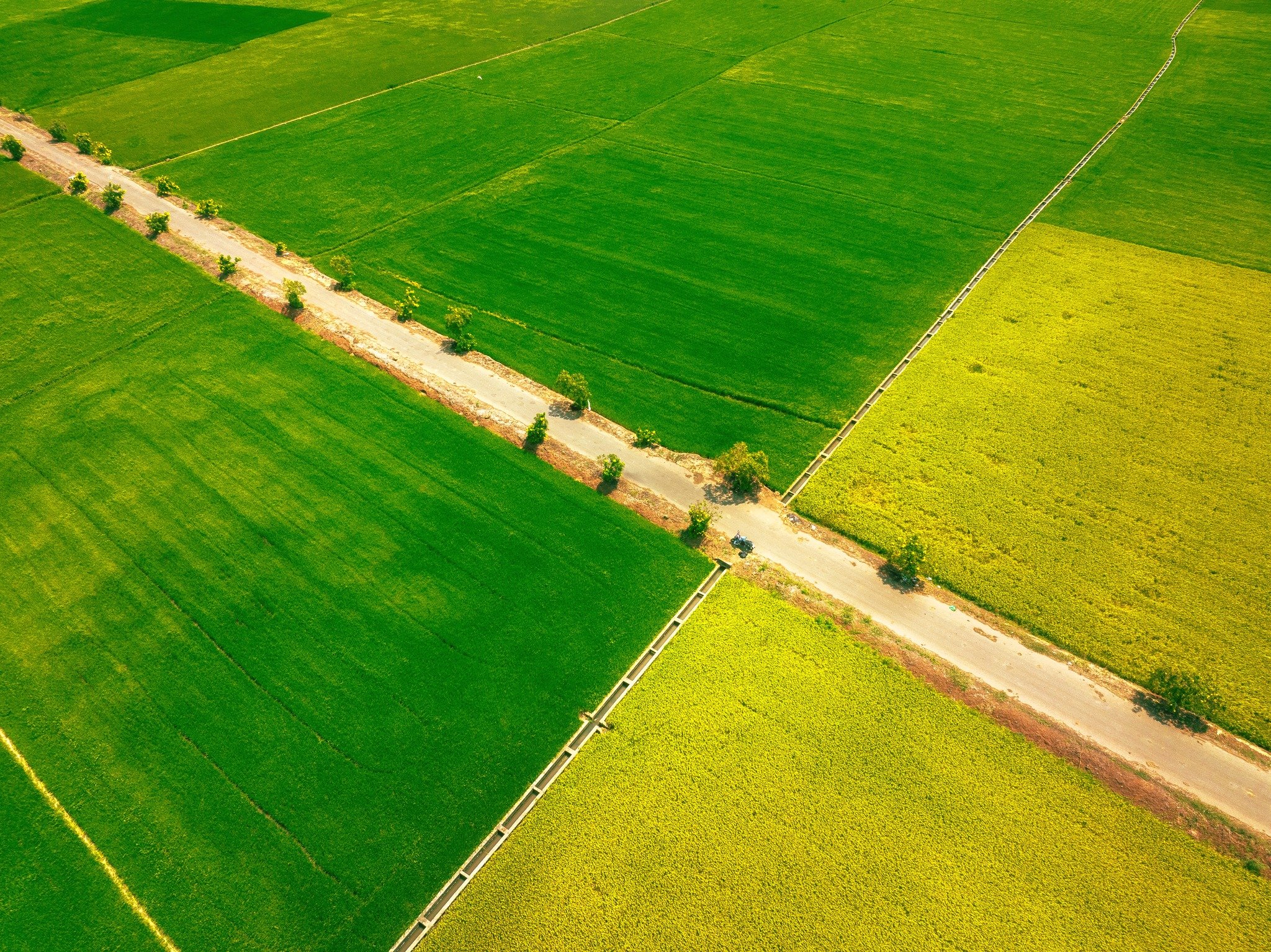






















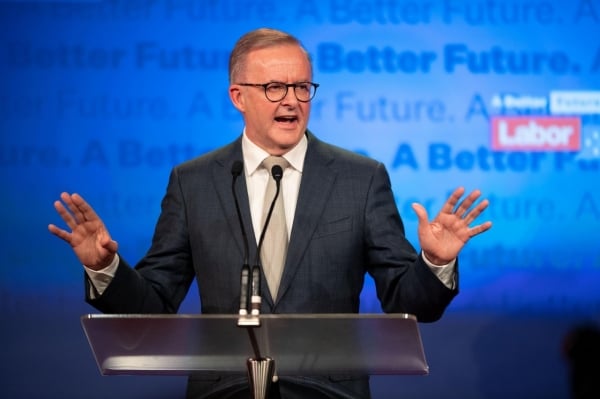


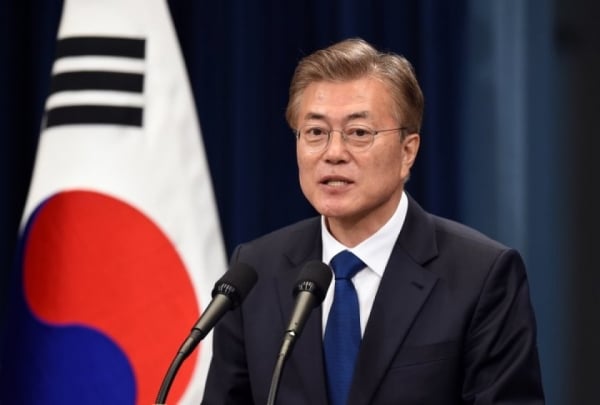
![[Photo] Training the spirit of a Navy soldier](https://vstatic.vietnam.vn/vietnam/resource/IMAGE/2025/3/29/51457838358049fb8676fe7122a92bfa)


































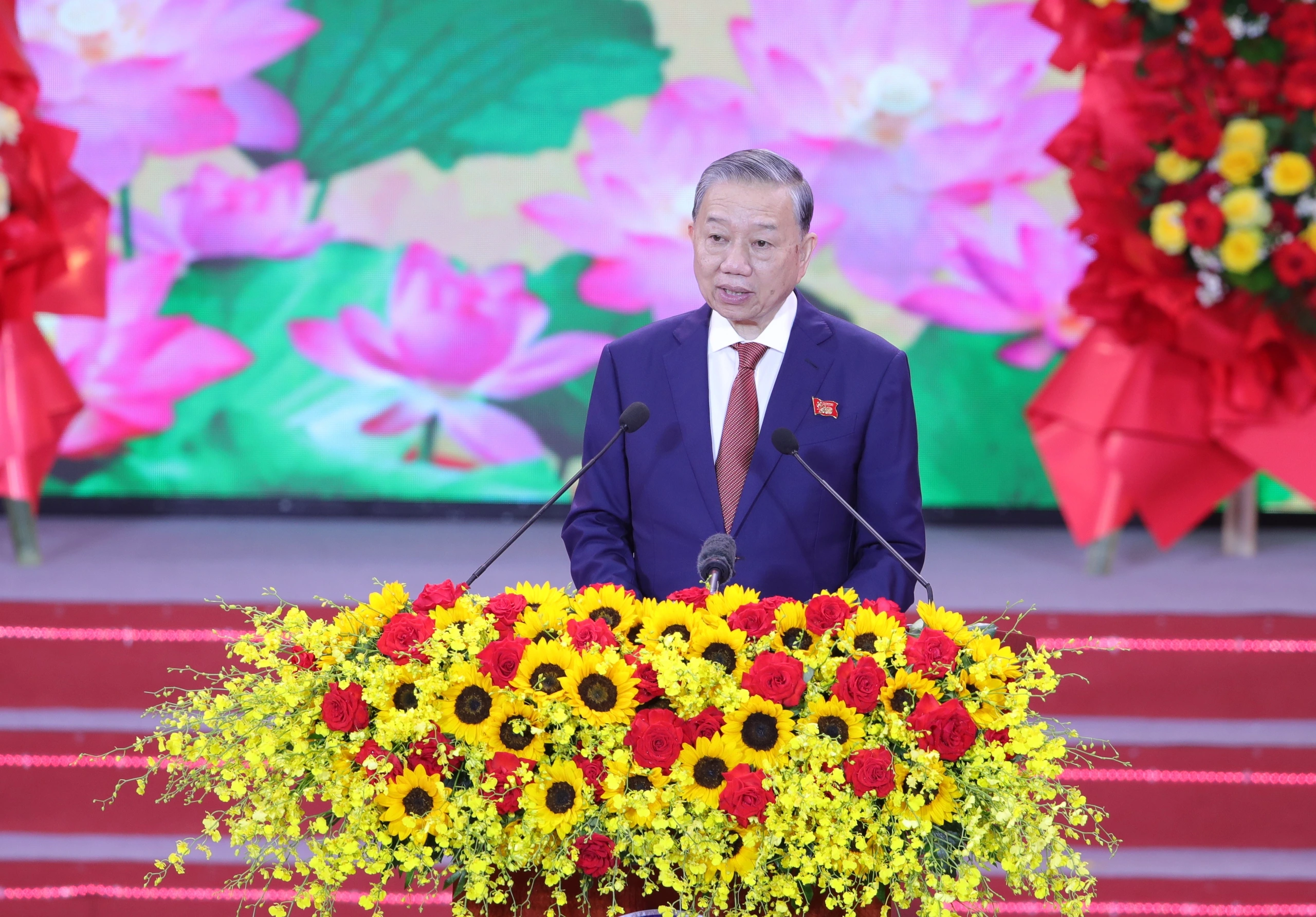




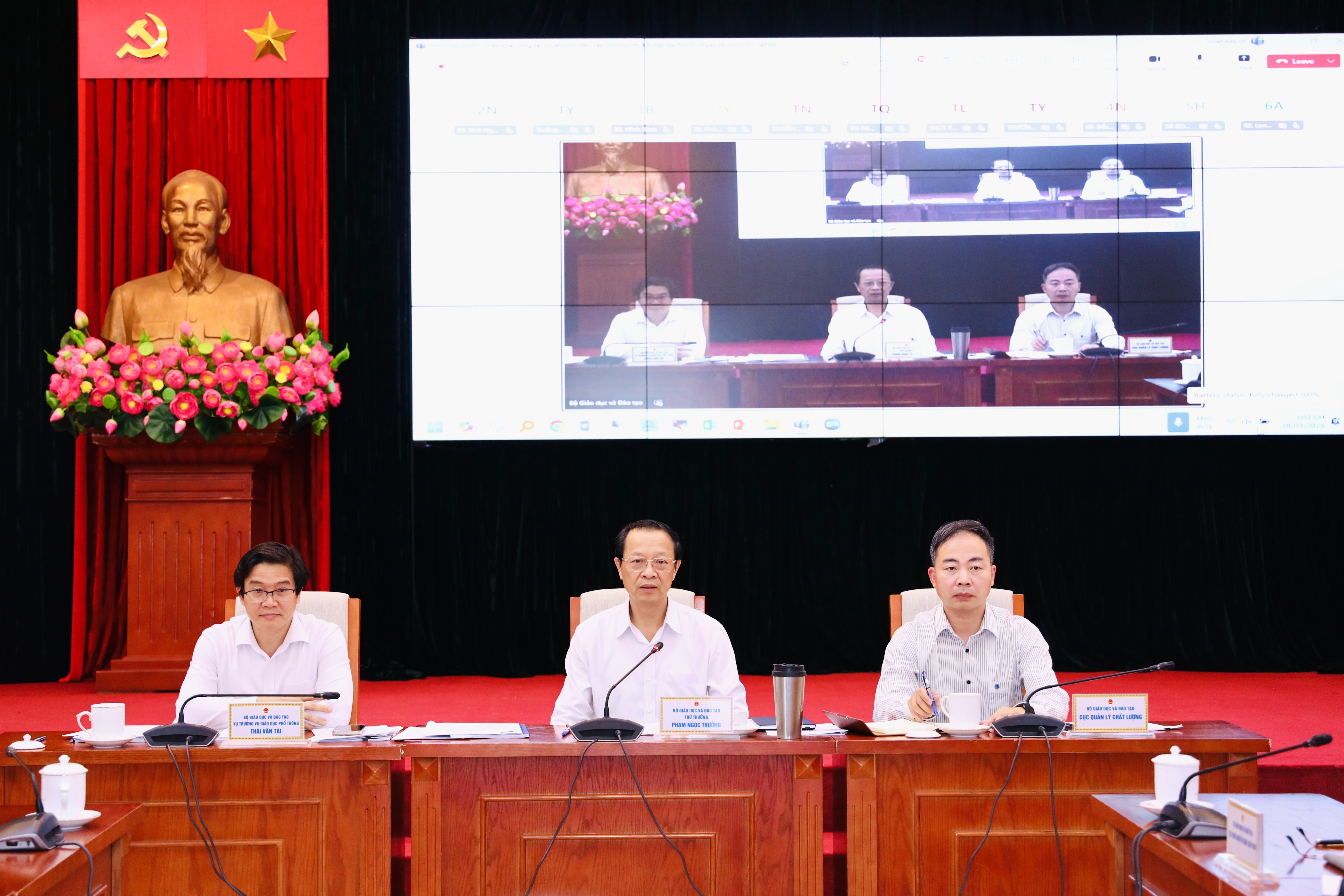


















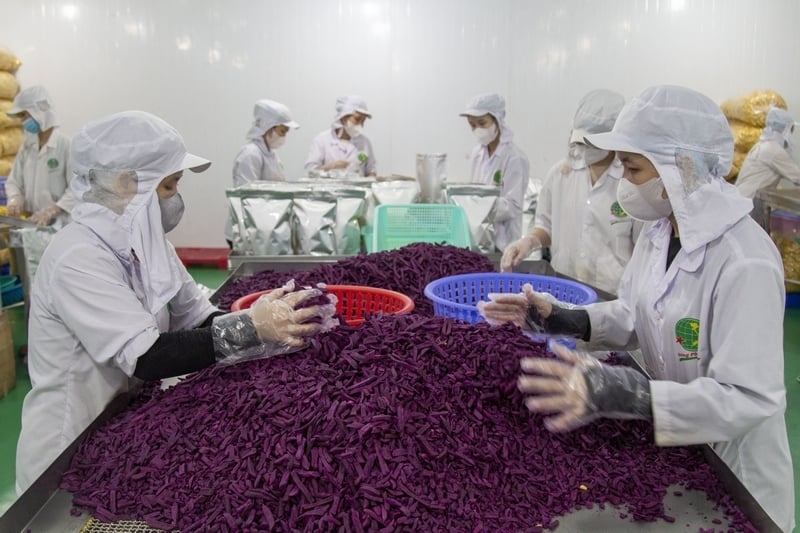







Comment (0)